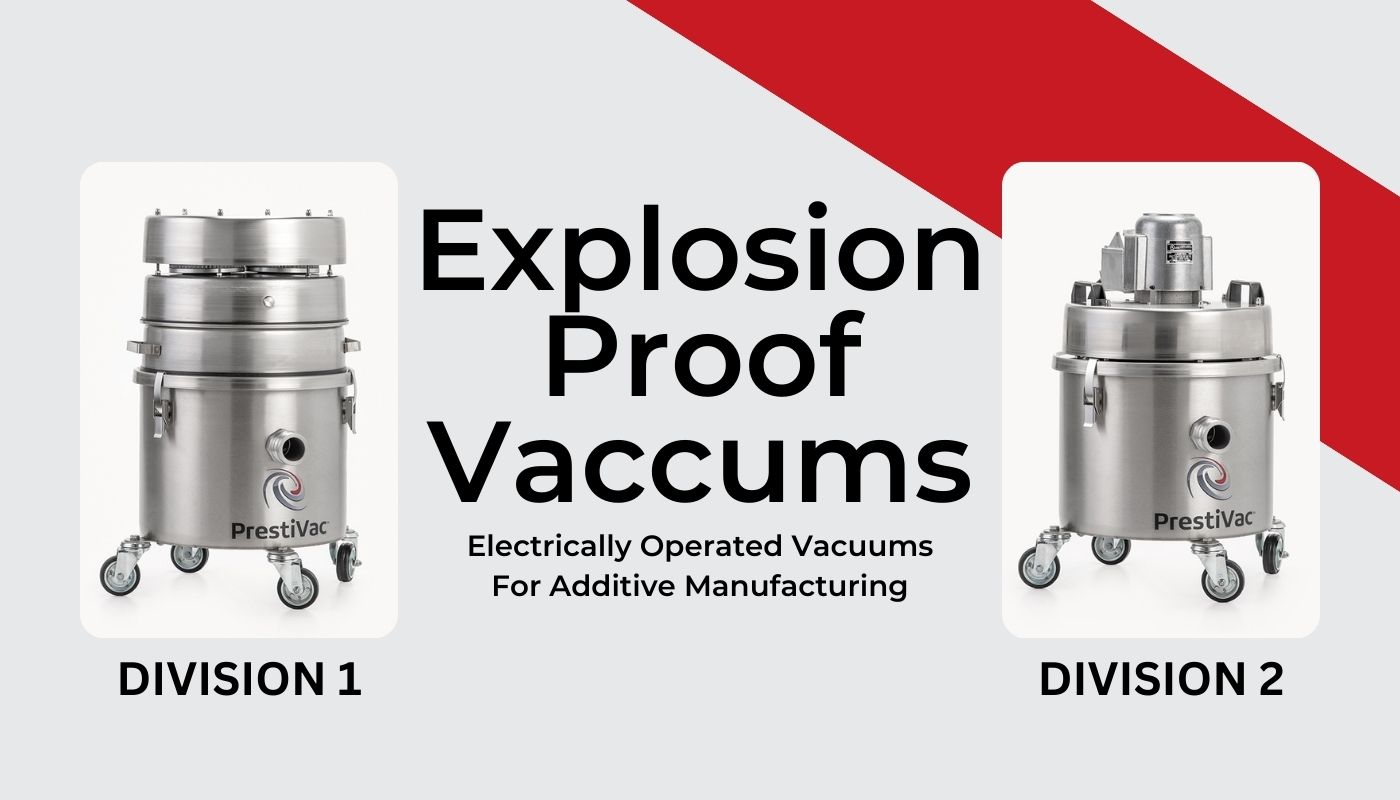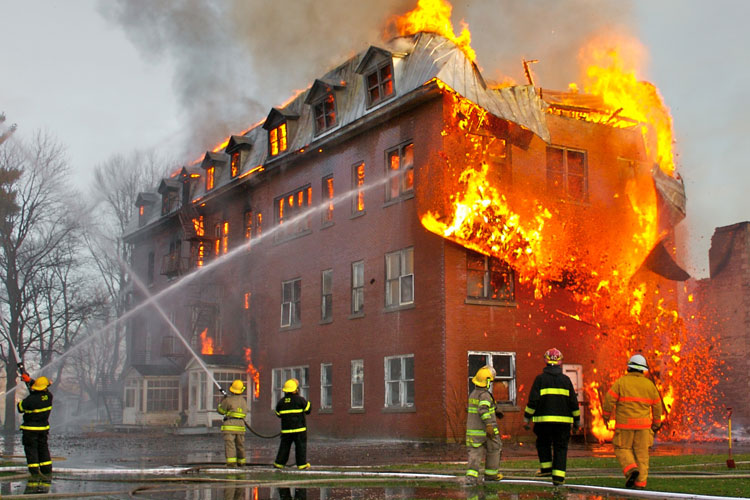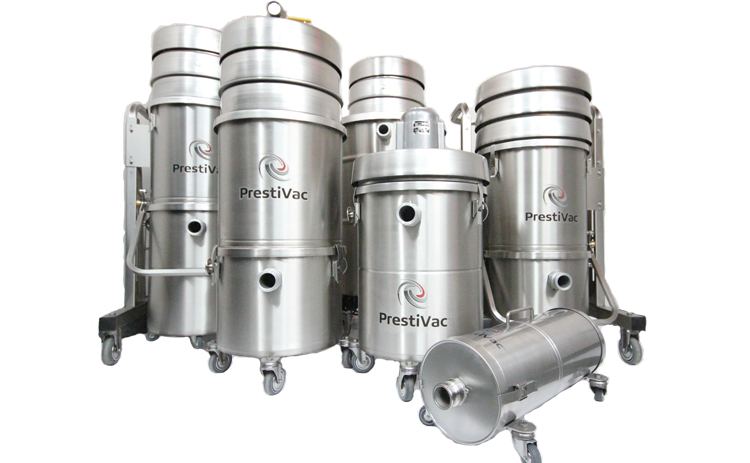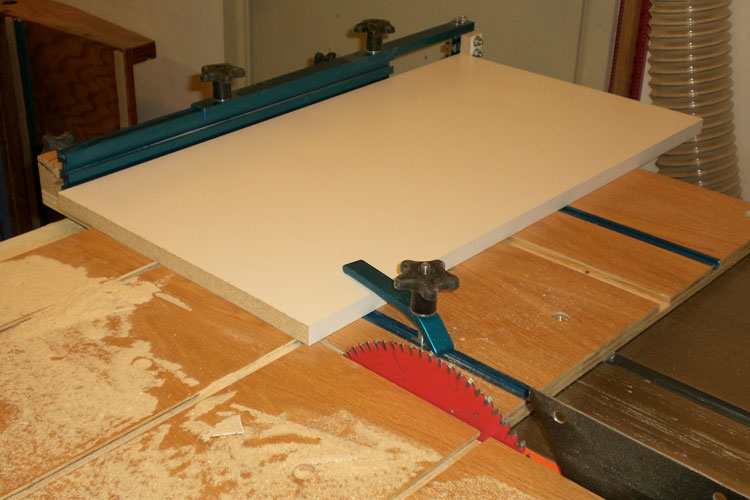Melamine is an organic base commercially synthesized from urea with an intermediate step producing cyanic acid. The reaction also results in the formation of other by-products, including cyanuric acid, ammeline, and ammelide.
Melamine is 66% nitrogen by molecular weight. It is combined with formaldehyde by industry to produce melamine resin, a very durable thermosetting plastic, and melamine foam, a polymeric cleanser. Other commercial products containing melamine include countertops, dry erase boards, fabrics, glues, housewares, and flame retardants.
The resin is a versatile material that has a highly stable structure. Its uses include whiteboards, floor tiles, kitchenware, fire retardant fabrics and commercial filters. Melamine can be easily molded while warm but will set into a fixed form, which makes it suitable for certain industrial applications.
Melamine is also one of the major components in pigment yellow 150, which is a colorant for inks and plastics.
Melamine is described as "Harmful if swallowed, inhaled or absorbed through the skin. Chronic exposure may cause cancer or reproductive damage. Eye, skin and respiratory irritant".
Melamine Dust is Combustible and is an Explosion Hazard:
When most people think of controlling dust in the workplace, they think of taking steps to avoid inhaling dusts to prevent health problems. However, the accumulation of combustible dusts in the workplace can lead to far greater consequences. As seen in recent years, neglect of housekeeping and improper handling of combustible dusts can lead to property damage, injuries and loss of life.
During fabricating operations, melamine dust may be generated by such activities as grinding, polishing, sawing, cutting, sanding and at least some of them will be fine enough to be potentially explosive. The term “dust” or “powder” is frequently used to describe such particles.
The National Fire Protection Association (NFPA) defines a combustible dust as “a combustible particulate solid that presents a fire or deflagration hazard when suspended in air or some other oxidizing medium over a range of concentrations, regardless of particle size or shape.” In general, combustible particulates having an effective diameter of 420 μm or smaller, as determined by passing through a U.S. No. 40 Standard Sieve, are generally considered to be combustible dusts. However, agglomerates of combustible materials that have lengths that are large compared to their diameter (and will not usually pass through a 420 μm sieve) can still pose a deflagration hazard. Therefore, any particle that has a surface area to volume ratio greater than that of a 420 μm diameter sphere should also be considered a combustible dust. The vast majority of natural and synthetic organic materials, as well as some metals, can form combustible dust. The NFPA’s Industrial Fire Hazards Handbook states, “any industrial process that reduces a combustible material and some normally non-combustible materials to a finely divided state presents a potential for a serious fire or explosion.”
Suggested Industrial Vacuums for Recovery of Toxic & Combustible Dust
PrestiVac HEPAPlus* Vacuums are specifically designed to safely vacuum toxic dusts. Equipped with a Certified Absolute HEPAPlus*filter with an efficiency of 99.995% on 0.2 micron so there is no risk of exposure or contamination for the operator or the environment. These vacuums are tested for absolute filtration. Testing Method: IEST RP-CC034.3. H14. MIL-STD 282 / A.S.T.M. - D2986-91. MPPS method EN 1822.
PrestiVac Explosion Proof/Dust Ignition Protected Vacuums are designed to safely vacuum explosive, flammable, combustible conductive* dusts. Our Explosion Proof/Dust Ignition Protected Vacuums are completely grounded and static dissipating because they are built entirely with non-sparking metals and do not have any painted components so there is no risk of fire or explosion from a spark or static build up. All the electrical components, including the motor and starter are totally enclosed so there is no source of ignition. Our explosion proof vacuum cleaners comply with NFPA 484 guidelines and are an effective tool for good housekeeping practise as per OSHA.
Which Industries are at Risk with Melamine?
- Combustible Dust
- Manufacturing
- Pulp & Paper
- Recycling













